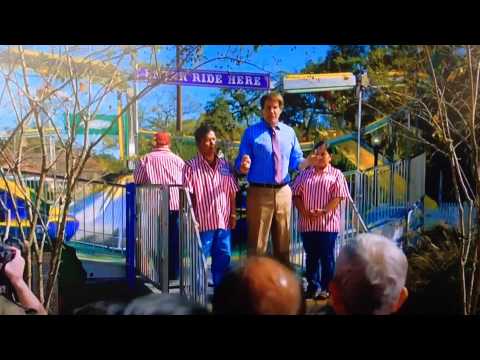What confused me the most wasn't the landing, because cats can get injured from the stress put on their legs from extreme distances, but how the cat can maneuver its body in the air so quickly and that it lands on its feet. This is something humans cannot do without defying the laws of angular momentum. Let's say on a trampoline I try a flip; there's no way for me to change the direction of that flip even if I had a 20 foot drop off, unless acted on by an outside force.
This makes sense to most people, however you might mention that the cat isn't acted on by an outside force either, so how can it spin? It turns out, the cat has a natural ability to contort its back and legs, much like an ice skater does while spinning, to change the way it spins. To do this they shoot their hind paws out and tuck in their front paws - lowering the moment of inertia in the front and increasing it in the back. This results in a big front twist and a small twist in the back, therefore the torques will be balanced (T = Ia). Once the cat wants to stop the front twist it will push its legs back out to increase its inertia. It will also extend its back legs again to twist them and put them back under their body before impact. From here it is the cat's natural fall-breaking abilities that help it - by having a slight give when hitting the ground it increases the time the force is felt and lowers the change in momentum.
All in all I think I learned something very valuable, that is if a cat is stuck in a tree it really shouldn't be a big deal. Rather, we should worry more about ourselves getting stuck because we don't have a prayer of surviving a fall from more than a single story.
- Read more...
- 0 comments
- 470 views

